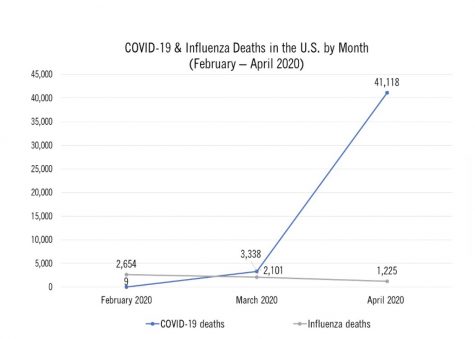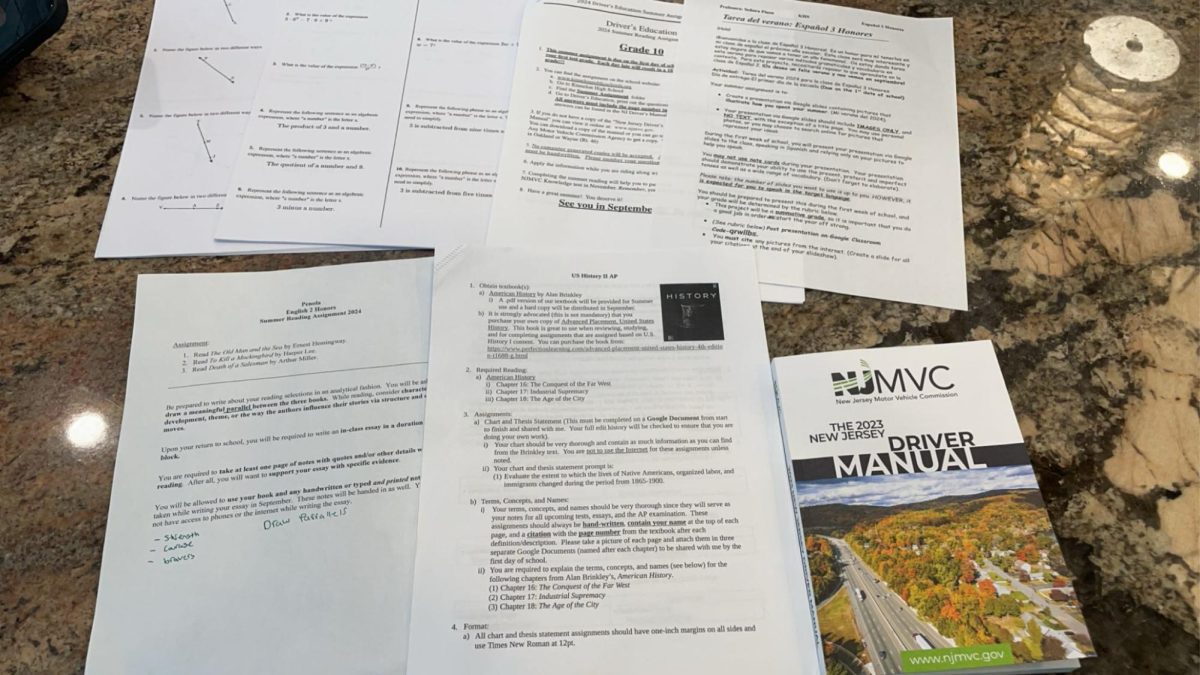
As the COVID-19 pandemic continues into autumn, it may overlap with the flu: another type of respiratory virus. Although each of the viruses are bad on its own, when combined, they raise major health concerns regarding viral transmission rates.
While the usage of masks and ongoing social distancing might help to slow the spread of the flu, experts are uncertain whether or not it can be contained. Although many states have successfully decreased the transmission rates of COVID-19, the amount of people who are still at risk is significantly large.
In the past, the flu has killed between 12,000 to 61,000 people, and these rates may become worse when combined with coronavirus infections, according to an article from ScienceNews. “We could see a perfect storm of accelerated COVID-19 activity as people gather more inside in particular…”, says Jeanne Marazzo, director of the infectious diseases division at the University of Alabama. “They become increasingly fatigued with the mask wearing, social distancing and the hand hygiene, and as they are exposed to seasonal influenza,” In the coming months, this surplus can overwork health systems across the nation.
COVID spreads quickly, and its symptoms take longer to show than the flu. It spreads through “respiratory droplets or small particles, such as those in aerosols, produced when an infected person coughs, sneezes, sings, talks, or breathes,” states the Center for Disease control. If a person gets infected, it may take anytime between two to 14 days before they begin to see symptoms, letting COVID go undetected until it is too late. COVID is especially dangerous for both elderly and immunodeficient people alike: people with compromised immune systems should take extra and proper precautions, according to Health Metrics.

On the other hand, there are numerous ways to combat the flu, including vaccines which help prevent it. However, children are especially susceptible, because many of them are too young in order to receive a vaccine shot, according to Health Metrics. “Most people who get the flu will recover in a few days to less than two weeks”, states the CD.C, “and [the flu] can be cured with over-the-counter anti-inflammatory medications.” Additionally, home remedies and treatments such as herbal teas, steaming, and proper diet and exercise may also play a major role in the healing processes.
Ultimately, both viruses need one day to spread, can go undetected, travel via respiratory droplets, and enter the body through the mouth and nose. Even hand to hand contact can carry these viruses, because a person who uses their hand to touch their mouth or nose can transfer the droplets on from their hands into their respiratory system through facial contact, says the CDC.








